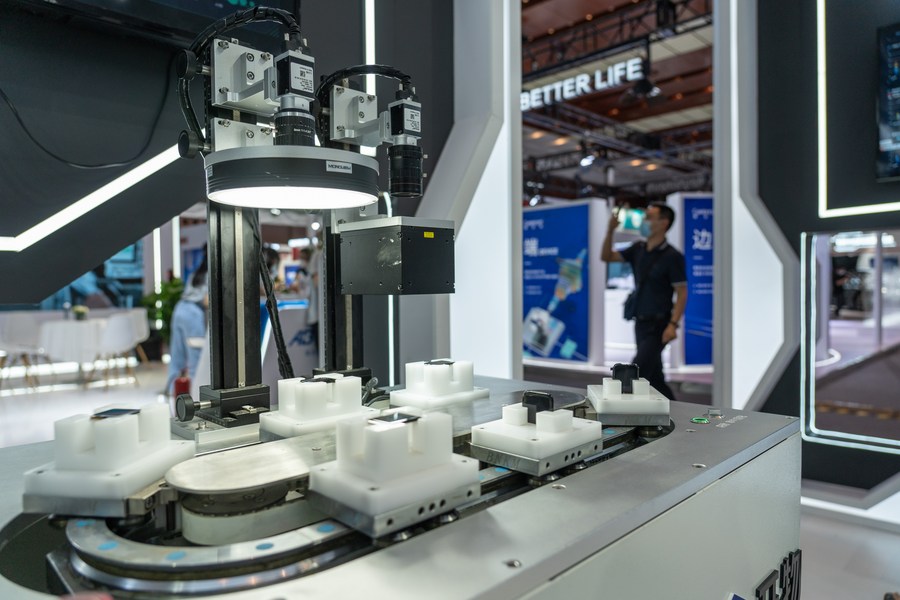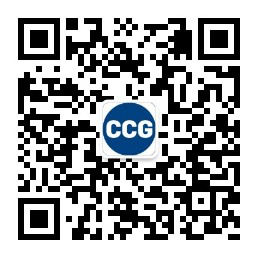-
Andy Mok: Huawei has survived the crucible. What’s next?
By Andy Mok, a research fellow at the Center for China and Globalization(CCG).
April 01 , 2022 -
Andy Mok: US forcing Russia to fight three ‘wars’ but may lose biggest one
In summary, it is not at all clear that Russia is losing these three wars. In fact, there are some signs that this latest U.S.-instigated conflict may be another strategic defeat like Vietnam, Afghanistan and Iraq. But the Ukrainian conflict may be one with far longer lasting damage for the United States.
March 27 , 2022 -
Wang Huiyao: Why China is still a solid growth engine and safe harbour for multinationals amid rising anti-globalisation
■ Multinationals caught in geopolitical crossfire are finding that China continues to offer growth and opportunities, as long as they can find niches aligned with Beijing’s long-term development strategy.
March 24 , 2022 -
Wang Yong: Self-inflicted wounds
By Wang Yong, a senior research fellow at the Center for China and Globalization(CCG) and a professor at the School of International Studies and director of American Study Center at Peking University US beneficiary not victim of its engagement with China since Nixon's visit 50 years ago Former US president Richard Nixon paid his ice-breaking visit to China 50 years ago, which heralded China's opening-up to the West and created history. The policy of engagement was extremely successful, as it helped the United States obtain a favorable international situation and reach its peak in economic globalization. However, hardliners in the US deny the significance of Nixon's visit and believe that it was wrong for the US to open the door to China. They consider that it enabled China to take advantage of the US. On the 50th anniversary of the visit, it's a timely opportunity to review what has truly transpired since Nixon's visit and explore its significance. Nixon's visit to China demonstrated that despite the great differences in their ideology and political systems, the two countries can cooperate based on mutual benefit and common interests. This cooperation has benefited both sides. China gained more security, while the US brought its power to a new peak. Over the past 30 years since the end of the Cold War, the international status and influence of the US have far exceeded what it had during the Cold War, as the country became the world's sole superpower. Chairman Mao Zedong and his US counterpart Nixon both had superb realistic strategic thinking. They agreed that the two countries should enhance their ties, reduce confrontation and seek cooperation. This realistic path created a favorable international environment for former Chinese leader Deng Xiaoping to launch the policy of reform and opening-up and finally embrace globalization with a more open mind. China's current status as the world's second-largest economy is rooted in the hard work of the Chinese people, the wise choice of Chinese leaders, and China's integration into economic globalization. Meanwhile, the China-US relationship has been mutually beneficial and interdependent, and the Chinese economy has made great contributions to the US. However in recent years, some US conservatives, including those who once promoted security cooperation between the two countries, have distorted history to portray China as an ideological enemy. But their view ignores the lessons of the fierce antagonism between China and the US. The US launched a blockade and embargo against China following the outbreak of the Korean War (1950-53). The two major powers had no diplomatic and trade relations for 20 years. As a result, the US increased its investment in the Asia-Pacific region to resist the threat of so-called communist expansion, especially during the Vietnam War (1955-75), which led to domestic disunity in the US and badly hurt its national strength. Contrary to the view of these hawks, the resumption of relations played a role in the US' victory in the Cold War. And the US launched and led economic globalization, which has resulted in its economic strength and influence peaking. This is different from what the conservatives and populists claim-they regard their country as a victim of globalization. Today, the US is facing serious problems such as the staggering gap between the rich and the poor, political polarization, ethnic tensions, aging infrastructure and more. Obviously, these problems are not brought about by globalization itself, nor by trade and investment with China. There are two main root causes: One is that the US has abused its strength and status, spent too much on its military and external interventions, and failed to invest resources in domestic infrastructure and education. Second, its public policies are excessively affected by big capital, leading to their favoring of capital and insufficient protection of workers' interests. According to a public opinion survey in 2020, more than 70 percent of people held that US policies were excessively affected by large capital groups. Both US conservatives and populists advocate being tough on China. They believe that launching a new Cold War against China or cutting economic ties with China can solve the US' current crisis. Some even believe that there would have been no rise of China and decline of the US without Nixon's policy of the US' engagement with China. This view ignores its domestic problems, which are the biggest source of the country's current relative decline. The Joe Biden administration is right about one thing, that is, the foreign policy originates at home. It put forward a middle-class-centered foreign policy. Doing a good job in domestic affairs lays a foundation for the US to be strong abroad. However, the Biden administration and the US Congress are still making the same mistakes as their predecessors, emphasizing competition among major powers, establishing security alliances, curbing China's influence, launching so-called strategic competition and defending the US' declining hegemonic status. Such a policy will inevitably consume its strength, thus delaying the great opportunity to solve the domestic contradictions and crises in the country. China and the US should learn from the pragmatism of Nixon's visit to China 50 years ago, handle the two countries' differences in values and ideology rationally, strengthen communication and dialogue, and seek common ground while shelving differences. At the same time, both sides should draw lessons from history, avoid vicious competition among big powers, focus their main resources on their own people's livelihoods and national development, and promote people-centered peaceful growth. As the two largest economies in the world, China and the US should shoulder greater international responsibilities, provide more global public goods and contribute more to addressing major problems such as climate change and epidemic prevention and control. From China Daily, 2022-3-23
March 23 , 2022 -
David Blair: Dire economic outcomes of sanctions
It's a pity that current NATO leaders are so short-sighted that they don't seem to consider the long-term consequences of their current policies. It's not clear whether the US administration has a long-term strategy on the Russia-Ukraine conflict.
March 22 , 2022 -
The New York Times | Wang Huiyao: It’s Time to Offer Russia an Offramp. China Can Help With That.
The United States and its allies might be reluctant to have China play any role in this crisis, given that they view Beijing as a strategic rival. That’s foolish and shortsighted; the conflict’s immediate dangers far outweigh any competitive considerations. Ukraine itself sees the potential of Chinese-led conflict resolution.
March 15 , 2022 -
Wang Huiyao’s Address on CCG Ambassadors Roundtable
Dr. WANG Huiyao, CCG President, Springer Series "China and Globalization" Editor, gave an address on CCG's new book China and the World in a Changing Context: Perspectives from Ambassadors to China.
March 15 , 2022
Phone
010-65611038 010-65611039
Fax
010-65611040
Address
12th Floor, West Wing, Hanwei Plaza, #7
Guanghua Road Chaoyang District, Beijing, China
Post Code
100004



